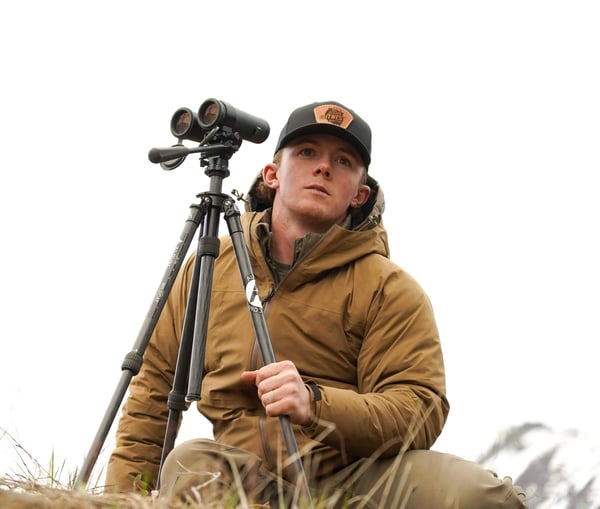- Savage Blog
- A Scouting Guide for Hunting Western States
A Scouting Guide for Hunting Western States
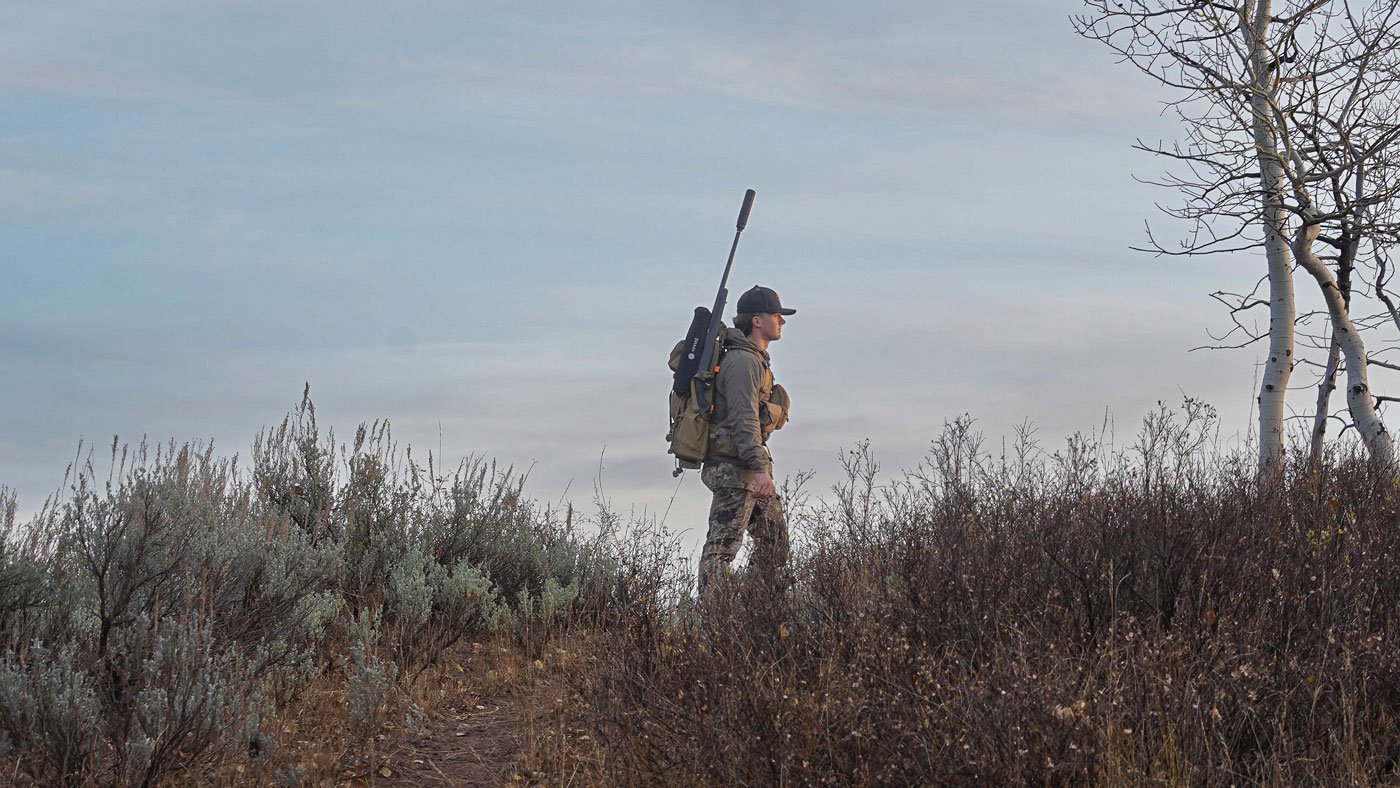
Whether you’ve been hunting western states for years or you’re planning your first out-of-state hunt, success on public land in the west starts months before the opener. Scouting can make or break any hunt that you’ve got planned. With today’s tools and resources on the internet, you can be more prepared than ever. From e-scouting to boots on the ground, here are some things that might help you have success hunting western states.
E-Scouting: Scouting from the comfort of your home
Digital mapping tools have changed the game for how hunters prepare for their hunts, especially when hunting western states. Platforms like GOHUNT, onX Hunt, and Google Earth are your starting points.
What to Look For:
- Elevation Bands: Elk tend to move depending on season and pressure. Early in the year, they’ll be higher up chasing food and cooler temps. Once the rut (September) rolls around, bulls will move to where the cows are to rut. After the rut, they tend to move back up to their summer range (higher in elevation). Then, when the weather comes, they will move down in elevation to moderate winter weather. Mule deer also move through elevation ranges due to the time of year, rut, and weather. Early-season bucks will live at high elevations and places that have access to water and bedding areas. They will often be in these places until the weather pushes them out.
- Differences between North and South Facing Slopes: North-facing slopes retain moisture and are cooler. They have ideal bedding spots, especially in the early season. South-facing slopes green up quicker in spring and are good early-season feeding areas or late-season bedding and feeding areas.
- Benches and Saddles: Elk love benches; they like to return to them mid-day after feeding, and can be an effective place to find elk sign. Saddles can be key for locating games, especially if they are a travel corridor for animals.
- Water: Water can be key for locating game, especially in dry climates. If you’re hunting in a dry climate, water might be your most effective way to find and locate animals because they depend on it with the warm summer temperatures. Look for ponds, rivers, springs, guzzlers, etc. Your mapping system will have most of these marked, but finding the ones that aren’t marked may be beneficial to avoid other hunters.
Utilizing Mapping Layers:
Use layers to identify public/private boundaries, past burns, etc. Burn areas that are 1–5 years old often have edge cover that can be elk magnets thanks to nutrient-rich regrowth.

Map Out Access and Pressure
Using roads/trails to your advantage or staying away from them can both be advantageous, depending on your style of hunting.
- Trailhead Density: More trails mean easier access, but it often means you’ll encounter more people. Identify areas on the map that are roadless or pockets that may be overlooked. GOHUNT recently came out with their road density layer, which is revolutionary for finding these areas.
- Motorized vs. Non-Motorized Areas: Make sure to pay attention to state and area regulations. Some areas may be non-motorized or have different rules that limit certain methods of travel. These non-motorized areas may get you away from some crowds.
- Glassing Terrain: Make sure to identify areas that have glassing knobs where you can cover a lot of country with your eyes. You don’t want to limit yourself by getting to an area where you can’t see more than 100 yards.
Habitat: Why and When
Elk Habitat Considerations:
- Early Season: Deep canyons and high country basins, subalpine meadows with access to water.
- Rut: Cows group up in open meadows or edge habitat; bulls follow. Wallows will give you an idea if bulls are in the area.
- Post-Rut: Bulls will often return to their summer homes seeking seclusion.
- Late Season: South-facing slopes, deep timber, and thermal cover near feeding areas.
Mule Deer Habitat Considerations:
- Early Season: Bucks will be in bachelor groups, often found in alpine basins above tree lines with access to water. In desert areas with hot temperatures, bucks will have to live close to water with both feeding and bedding areas nearby.
- Pre-Rut/Rut: Transition areas where bucks cruise to find does that are in heat for the rut. Deer, and especially big bucks, will not leave their early-season areas until the weather pushes them out or the rut ensues.
- Late Season: Low elevation winter range, sage flats, and open faces.
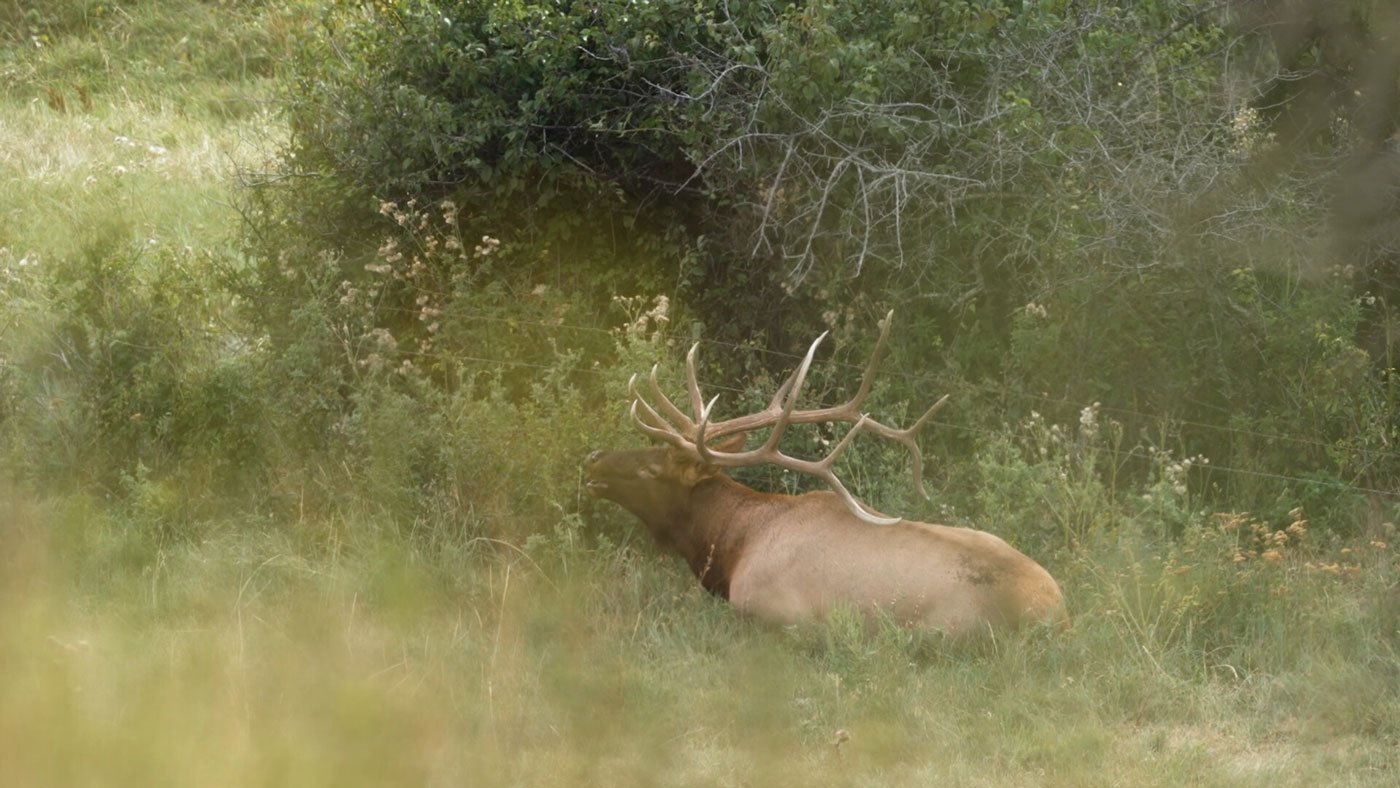
Boots on the Ground: The Best Way to Scout
If you can physically get into the area you’re hunting, it will most likely save you time, energy, and give you confidence before the hunt starts. Here are some tips.
Look for:
- Sign: Heavily used trails and scat will help you know how much the area is being used. Look at where the trails lead; they are going there for a reason. Is there food, water, bedding, an escape route?
- Wallows and Rubs: For elk, used wallows and rubs on trees are great ways to locate rutting bulls.
- Beds: Deer often bed in sloped and shaded areas that have a view. They may often bed at the base of cliffs as well. Elk will often bed in bigger groups, often on shaded benches.
- Vantage Points: Find areas where you can locate animals with your glass while not spooking them.
- Roads: I think this is often overlooked. Driving around and learning the roads will save you time when the hunt rolls around. You may find unexpected closed roads, bad road conditions, and beneficial unmarked roads/trails.
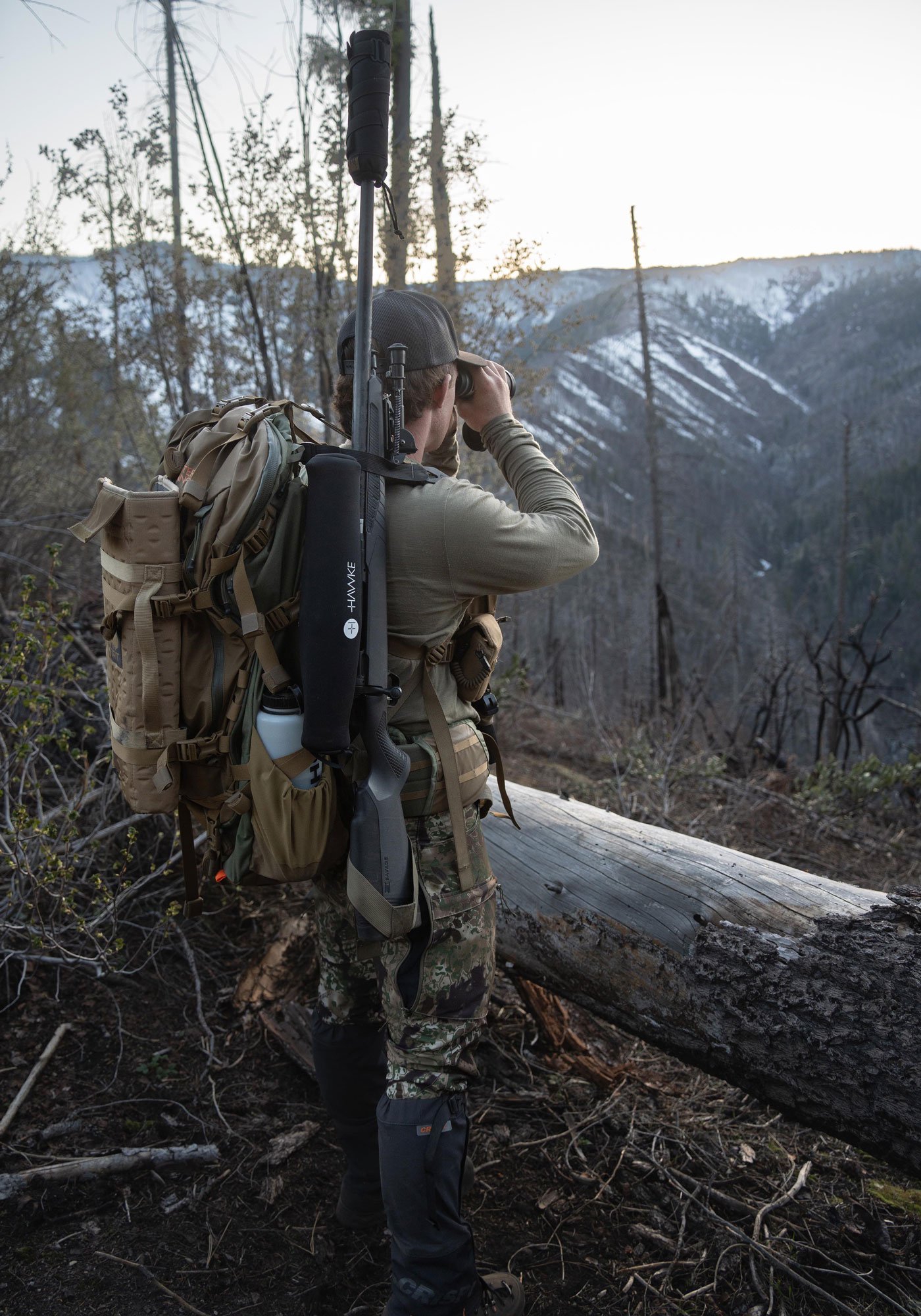
Trail Cameras: Use Sparingly and Ethically
There have been lots of regulations and law changes for trail camera usage. Where they are legal, trail cameras can provide valuable intel. I like to use them on water sources (especially in hot climates) or heavily used trails. Make sure not to over-check and bump animals out of the area.
Build a Gameplan – Plan A, B, C, and D
Putting together all your intel should give you enough info to come up with a plan. In this plan, you should have multiple areas marked: glassing knobs, trails, and estimated distances. Beware that everything can change in a matter of minutes. Weather, blown tires, closed roads, hunting pressure, and changes in animal locations can all force you to change your gameplan. This is why I like to have 3-5 different plans that I can attack.
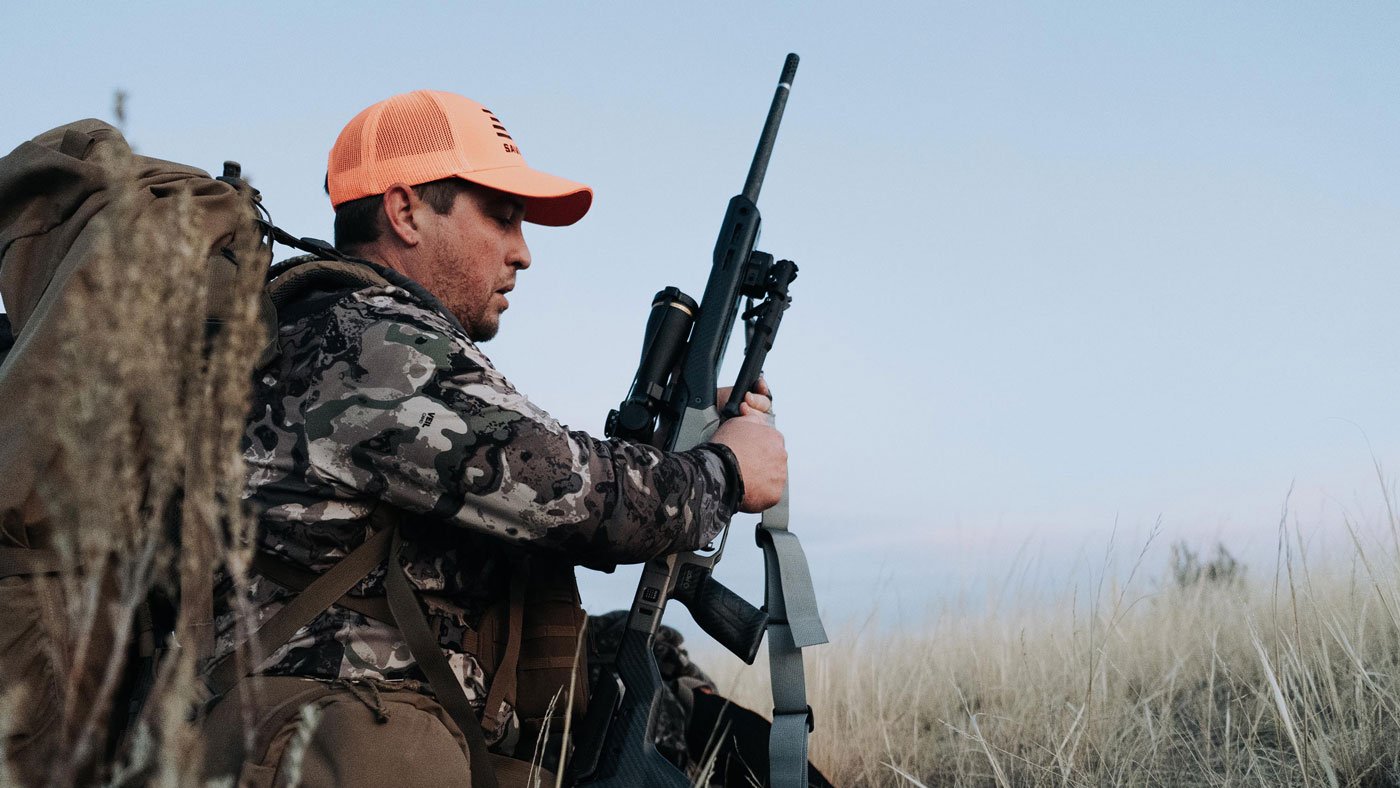
Talk to People
It is so easy to connect with someone nowadays. Reach out to people who have hunted the area on forums, GOHUNT Insider, social media, etc. People may not give you their honey hole, but they may give you some key information, such as needing a 4-wheeler or closed roads. Don’t pry too much, as you need to respect the work that they put in to find their own areas. They really appreciate it when you show them that you’ve put in work yourself.
Contacting the local biologist or game wardens may also be helpful! They are often good resources for data-based questions or current conditions, such as snow levels. Keep in mind that what they tell you, they’ll probably tell the next 10 people that will call.
Talk to locals! Farmers, gas station workers, and other hunters may be great people to talk to, but take what they say with a grain of salt. Compare it with what you’ve found and seen, and see if it is worth pursuing.
Stay Positive — and Persistent
Scouting doesn’t guarantee you success, but I believe that it will increase your odds of being successful. Get out there, hunt hard, be patient, and learn as you go!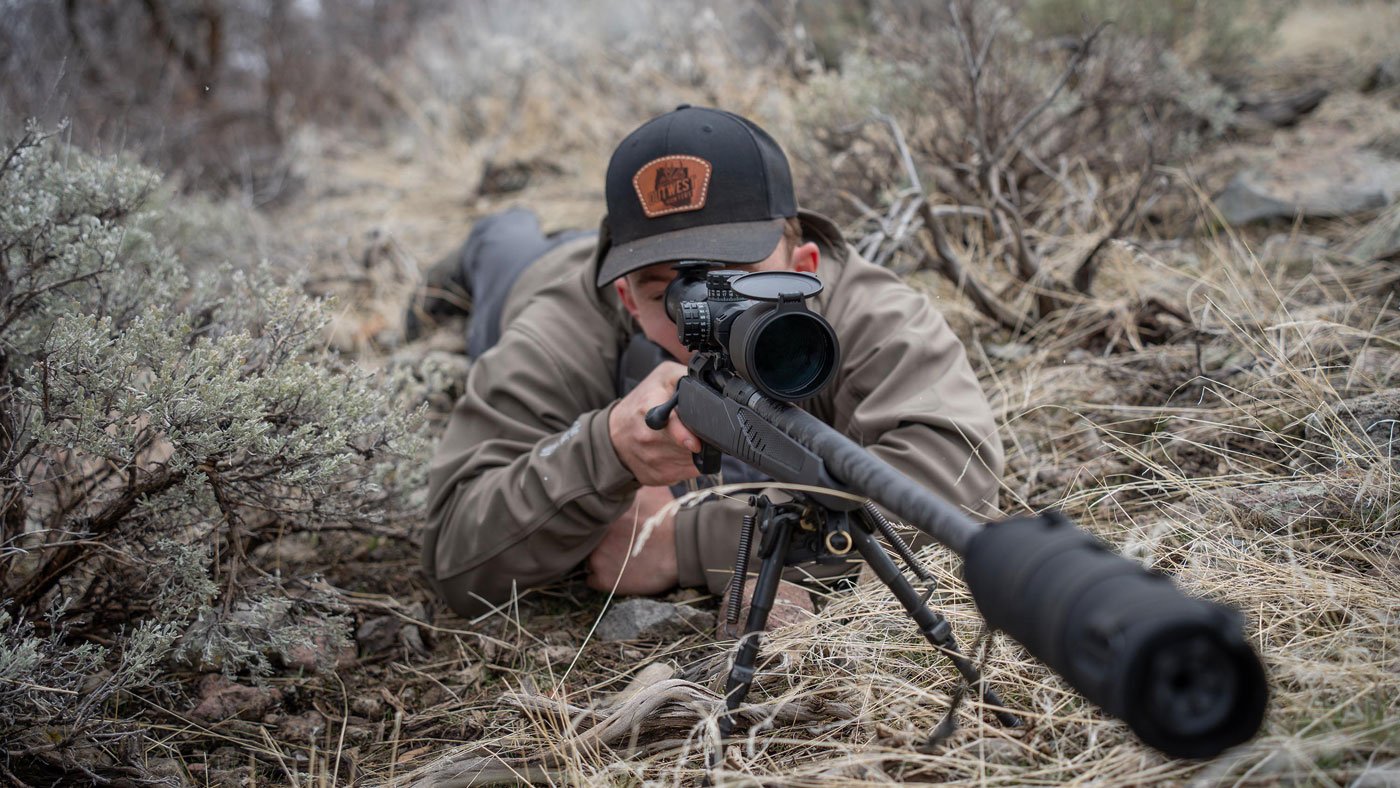
These hunts that you’re preparing for are not easy. That’s why we put in the time and effort to be successful. The more time you put into e-scouting, gaining knowledge, and scouting the area will most definitely increase your chances of filling your tag! We all like getting lucky, but it is so much more rewarding when you put in the work in the preseason, and then you’re able to lay your hands on the trophy you harvested!
Good luck out there!
